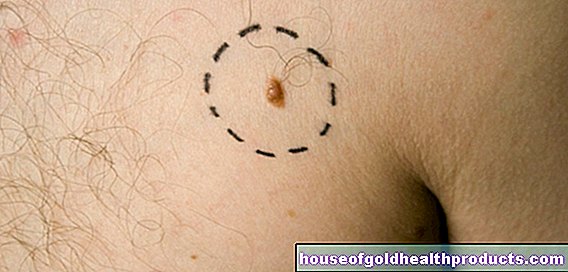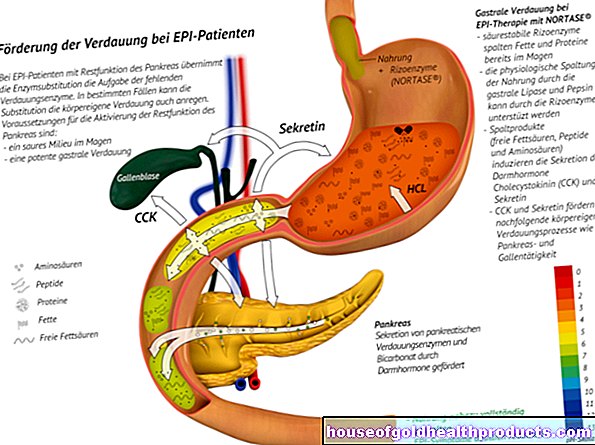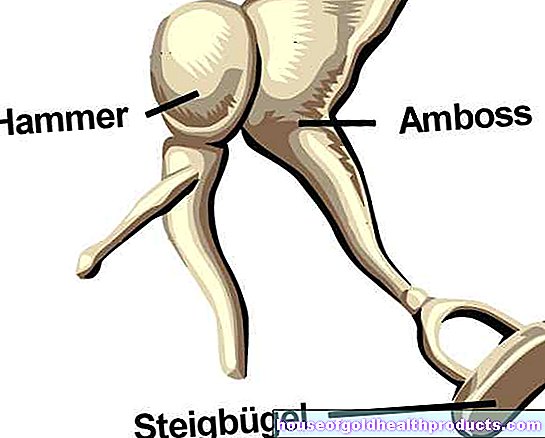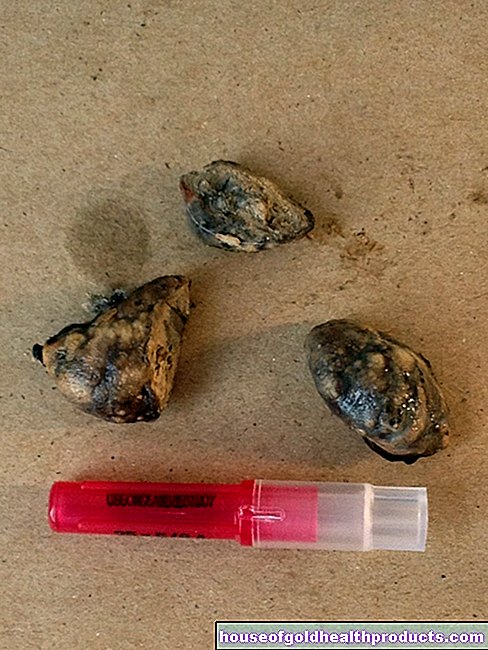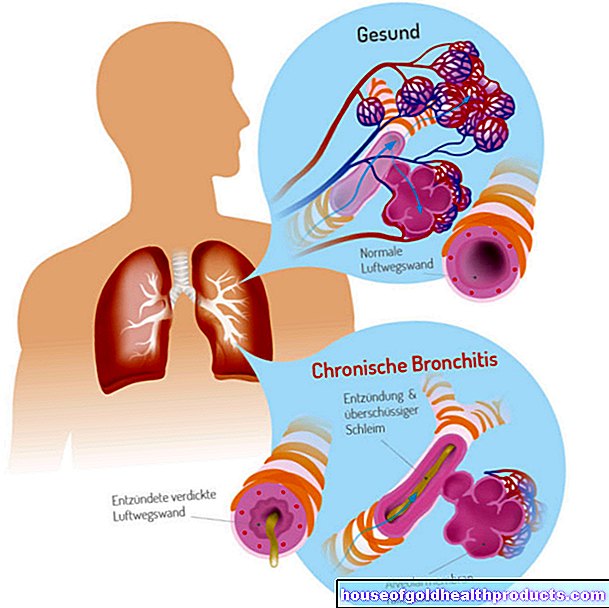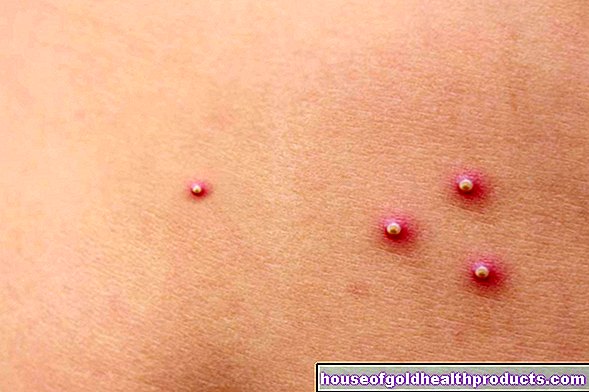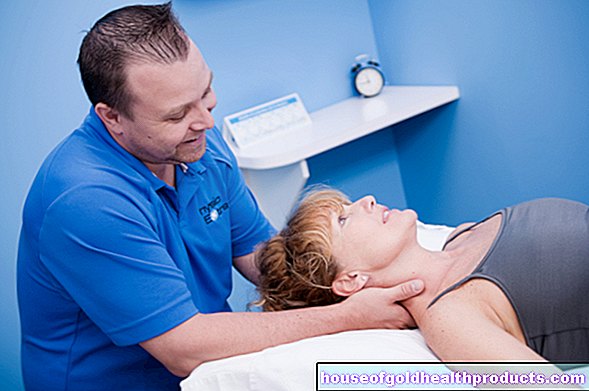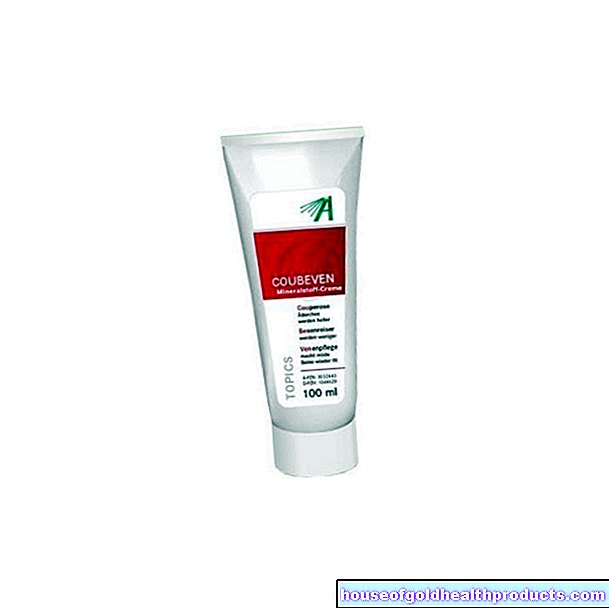Allergy medication - an eye on the immune system
All content is checked by medical journalists.The hypersensitivity of the immune system to pollen, animal hair etc. cannot be eliminated with allergy medication, but the symptoms can be alleviated. This enables many allergy sufferers to have a relatively symptom-free everyday life. Read more about allergy medication here!

Where allergy drugs start
A starting point for many allergy drugs is the messenger substance histamine, which so-called mast cells release in the course of an allergic reaction. Histamine plays a key role in mediating allergic reactions. It ensures, for example, that the blood vessels expand, the mucous membranes swell and more mucus is produced in the airways. Special allergy medication can, for example, slow down the release of histamine or block its effect.
Other active ingredients directly suppress the symptoms that occur, for example a runny nose. In the case of more severe symptoms, attempts are made to suppress the immune system's defense reactions with cortisone.

Prevent
In the case of asthma or an allergic runny nose, triggered for example by a pollen allergy, it is possible to prevent the outbreak of the allergy. Mast cell stabilizers (e.g. cromoglicic acid, nedocromil) are suitable for this. These active ingredients ensure that the mast cells are stabilized and cannot release any inflammatory substances (histamine). However, if the allergic reaction is already underway, these active ingredients can no longer help.
Therefore, it makes sense to start using mast cell stabilizers about two weeks before the expected allergen contact (pollen count!). With regular use (four times a day), mild symptoms such as itching with hay fever or food allergies can be prevented in advance.
Mast cell stabilizers come in the form of eye drops, inhalation sprays, and nasal sprays (but these have a weaker effect on nasal symptoms than antihistamines and topical glucocorticosteroids). Because they are well tolerated, they are also suitable for children, pregnant and breastfeeding women.
To block
H1 antihistamines (antihistamines) block histamine receptors in cells of the skin and mucous membranes and thus inhibit the effect of histamine that has already been released. The histamine released from the mast cells can no longer bind to the receptors - the allergic symptoms do not occur.
Antihistamines are suitable for the treatment of allergic rhinitis, conjunctivitis and skin reactions such as itching or hives (urticaria). They are used, for example, for hay fever, insect venom allergy and drug allergies. The active ingredients are available on the one hand as tablets and drops for oral use, on the other hand as allergy medication to be used locally in the form of eye drops, nasal sprays and ointments.
The first-generation H1 antihistamines for oral use (such as clemastine, dimetinden) can cross the blood-brain barrier and thus have a sedating effect in the central nervous system - the drugs make you tired, reduce performance and motor skills. That is why some of these preparations are also used as sleep aids. Side effects such as headache, dizziness or dry mouth occur more frequently.
Newer H1 antihistamines of the second generation (such as loratidine, cetirizine, azelastine, fexofenadine) are difficult to cross the blood-brain barrier and therefore have little or no sedating properties - however, reduced responsiveness is always possible. Second generation antihistamines are the preferred allergy drugs today.
Swelling of the mucous membranes
Decongestant preparations in the form of eye drops and nasal sprays only work against the symptoms, not against the allergy itself. In the case of severe symptoms, they should be used as a supplement and not for longer than a week. Otherwise the mucous membranes will dry out, which is harmful in the long term and can even exacerbate allergic complaints.
Slowing down the immune response
More severe asthmatic complaints and hay fever can be treated well with cortisone preparations. Local medicinal forms such as eye drops, nasal sprays, ointments or inhalation sprays have relatively few side effects. Cortisone tablets are only given by allergists over a longer period of time if local cortisone preparations do not provide sufficient help. In the long run, cortisone inhibits inflammation as well as the immune system, which can promote infections and wound healing disorders.
Overcoming shock
If the allergic reaction increases to circulatory failure and respiratory failure (anaphylactic shock), only emergency medical treatment, including adrenaline administered intravenously, will help. The hormone causes the spasmodically constricted bronchial tubes to widen, the sagging blood pressure rises again and the heart is strengthened.
Seek advice
Many allergy medications do not require a prescription and are therefore freely available in pharmacies. Nevertheless, every allergy sufferer should ask his doctor or pharmacist for advice on which sprays, drops or tablets are useful in his specific case.
Tags: therapies sleep skin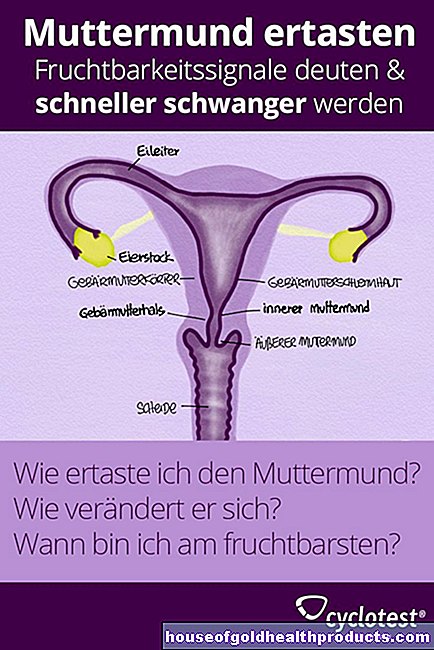
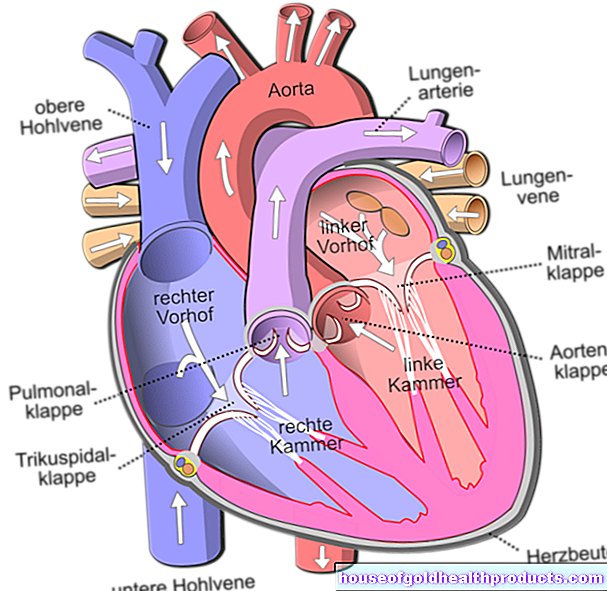
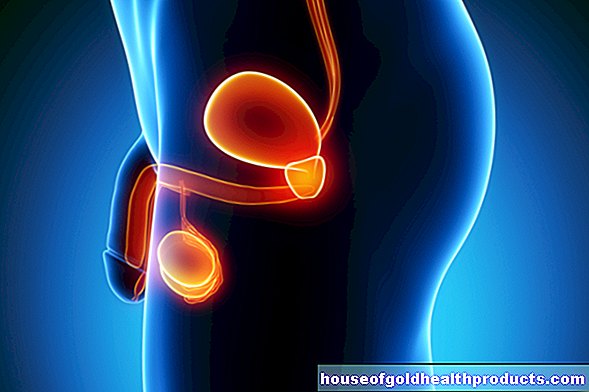
.jpg)


